Why the 80s and 90s Were Better (And You’re Totally Wrong if You Disagree)
The 80s and 90s weren’t just decades. They were cultural powerhouses that transformed entertainment, fashion, and how we connected with the world. These years weren’t merely a passage of time. They were a living, breathing time capsule, bursting with neon lights, rebellious spirit, and a contagious energy that infused everything. The music was unforgettable, the movies iconic, and the fashion wild. Even our technology, such as cassette tapes, Game Boys, and bulky cell phones, was uniquely ours.
Today's world feels… beige. Everything is filtered, curated, and designed for engagement. Back then, life was messy, unpredictable, and gloriously analog. We embraced mistakes, learned from them, and moved on with a sense of freedom that’s now lost. In the wake of those adventures, we left behind memories that are vivid and alive, from a time that will always echo louder than the sanitized, optimized reality we live in today. Here’s why the 80s and 90s were simply better.
Fashion: A Symphony of Excess and a Rebellion Against Uniformity
The 80s and 90s were a sartorial playground, a time when individuality not only encouraged. It was demanded. Sure, leg warmers were for aerobics, but they were a statement of defiance against conformity. Acid-washed jeans were pants, but they were also a declaration of rebellion against the mundane.
80s Sebastian Back of “Skid Row” shows why they called it “Hair Metal”.
Remember those shoulder pads? They weren't just for comfort. They were a symbol of power. A visual representation of ambition. And don't even get me started on the hair. The bigger the hair, the closer to heaven, right? It was a time when hairspray was considered a necessity, not a vice, and teased hair was an art form.
The 90s brought us grunge, a glorious antidote to the excesses of the 80s. A defiant statement against the polished perfection of the preceding decade. Flannel shirts, ripped jeans, and combat boots became the uniform of a generation, a rebellion against the pressures of conformity. It was a time when looking "cool" meant not trying too hard, when authenticity trumped trends.
Today? Fashion feels homogenous, a sea of sameness. Everyone's wearing the same sneakers, the same basic tees, the same athleisure wear. Where's the individuality? Where's the risk-taking? Where's the sheer, unadulterated joy of expressing yourself through clothing? It appears everyone is striving for a uniform look, a fear of standing out overshadowing any desire for personal expression.
Technology: From Simple Pleasures to Overwhelming Complexity
The 80s and 90s were a time of technological wonder, but it was wonder on a human scale. The Nintendo Entertainment System was a portal to another world, a source of endless joy and frustration. Remember the ritual? Inserting the cartridge, blowing on it vigorously (because that always worked, right?), and experiencing the thrill of victory (or the agony of defeat).
The internet, in its infancy, was a wild frontier, a place of endless discovery and quirky personal websites. Geocities, with its flashing GIFs and blinking text, was a testament to human creativity, however chaotic. Remember the thrill of downloading a song, one agonizing kilobyte at a time? Remember the screeching symphony of dial-up? It was the soundtrack to a generation, a constant reminder that connection, however slow, was precious.
The sound of a dial up modem was exciting in the 90s. Today’s kids would become violent with the wait time.
And let's not forget the phones. No, not those sleek, feature-laden smartphones that track your every move. I'm talking about the indestructible Nokia bricks. The ones that could survive a nuclear apocalypse. They had one game: Snake. And that was enough. In a world increasingly dominated by digital distractions, those simple pleasures, those moments of genuine human connection, seem to have been lost.
Today, technology is ubiquitous, but it's also isolating. We're constantly connected, yet we feel more alone than ever. Social media feeds are curated for maximum engagement, algorithms manipulate our choices, and the constant barrage of information leaves us feeling overwhelmed and anxious. We are slaves to notifications, addicted to the dopamine rush of likes and comments, and constantly chasing the elusive feeling of belonging in a digital world that often feels more like a prison than a playground.
Music: The Soundtrack to Our Souls. From Anthems to Algorithms
The 80s and 90s were a golden age for music. The 80s gave us royal icons: Michael Jackson, Madonna, Prince, Queen. Their music was anthemic, groundbreaking, and undeniably influential. MTV launched in 1981, transforming music videos into cinematic experiences, blurring the lines between music and visual art.
The 90s brought us grunge, hip-hop, and pop that redefined the landscape. Nirvana and Pearl Jam gave voice to a generation's angst, while Tupac and Biggie pushed the boundaries of hip-hop, delivering socially conscious lyrics with raw power and undeniable charisma. And let's not forget the boy bands: Backstreet Boys, NSYNC, Boyzone. They may have been manufactured, but they provided the soundtrack to countless teenage dreams.
The 90s also saw the rise of alternative rock, electronic music, and the birth of influential subcultures. Artists like Radiohead and Beck broke the mold, creating experimental sounds that challenged the mainstream. Electronic pioneers like The Prodigy and Daft Punk blended funk, house, and techno to create something fresh and innovative, while the rave scene brought an entirely new experience to music festivals. The variety and depth of genres during this time made the 90s a true musical renaissance, and even today, the influence of this era is still evident in much of the music we hear.
In the 90s, Daft Punk created a hit song just by repeating “Around the World” 144 times… and we loved it.
Today's music is often disposable, designed for quick consumption and fleeting attention spans. Where are the guitar solos that make you want to rock out? Where's the raw emotion, the social commentary, the sheer joy of discovering a new artist? In a world dominated by streaming services and algorithmic playlists, music often feels more like background noise than a meaningful art form
Movies: From Magic on the Silver Screen to Special Effects Spectacles
The 80s and 90s gave us cinematic masterpieces that continue to resonate today, shaping not only the entertainment landscape but also the cultural fabric of those decades. Films like Back to the Future, Ghostbusters, and The Goonies became cultural touchstones. These movies were experiences, each one offering something uniquely memorable, whether it was the thrilling time-travel adventures of Marty McFly, the supernatural ghost-chasing antics of a group of scientists, or the unforgettable journey of a group of kids searching for lost treasure. These defined the childhoods of an entire generation, leaving a lasting imprint on how we viewed friendship, adventure, and the power of imagination.
As we moved into the 90s, the bar was raised even higher. Films like Jurassic Park, The Lion King, and Titanic pushed the boundaries of visual effects and storytelling, creating new worlds that seemed to leap off the screen. The breathtaking realism of Jurassic Park’s dinosaurs, the emotional depth of The Lion King’s animated characters, and the epic romance of Titanic captured hearts worldwide. Sure, these films introduced groundbreaking technology. But what made them truly special was the shared sense of anticipation and excitement that came with seeing them on the big screen. The thrill of experiencing these stories in a packed theater, surrounded by the collective energy of an audience, was a feeling unique to that era. Watching films was an event. It was about living through a collective moment of laughter, joy, awe, and sometimes even tears.
Contrast this with today’s movie landscape, where the dominance of CGI and digital effects can often overshadow the heart and soul of a film. While the visuals may be stunning, creating spectacle on a scale unimaginable in the past, they often lack the charm, wit, and emotional resonance that made those 80s and 90s films so iconic. In today’s world, where computer-generated imagery can create almost anything, there’s a tendency to prioritize surface-level spectacle over genuine connection. The magic of a well-told story, the joy of well-developed characters, and the emotional punch of a truly powerful moment seem to take a backseat to technological flashiness. The result? A cinematic experience that sometimes feels more detached, more impersonal. While CGI may be able to create breathtaking worlds, it’s the heart, the soul, and the simple, timeless storytelling of the 80s and 90s that still holds a special place in our hearts.
Television: From Appointment Viewing to Endless Scrolling
Before streaming services turned television into an endless buffet, we had appointment viewing. Saturday mornings were sacred, dedicated to a carefully curated selection of cartoons: DuckTales, Teenage Mutant Ninja Turtles, The Smurfs. These were rituals, shared experiences that bonded families and friends. There was a sense of anticipation, a thrill in knowing that the shows you loved were only available at certain times, creating a deeper connection to the characters and stories. Watching these shows was about being part of something collective, something everyone in your neighborhood was also experiencing. And when the episode ended, the conversations with friends the next day were filled with excitement, comparisons, and shared memories of what happened.
Sitcoms reigned supreme. Cheers, The Fresh Prince of Bel-Air, Seinfeld, Friends. These shows provided a window into the human condition, offering laughter, comfort, and the occasional life lesson. Each episode was a reflection of the times, addressing everything from personal relationships to social issues, all wrapped up in humor that made us laugh and think. We watched characters grow and evolve, and in doing so, we felt like we were growing with them. These shows became like old friends, a place to turn to after a long day, providing both escapism and an anchor in a constantly changing world. Watching these shows was an event, gathering with family or friends to share in the joys and struggles of the characters, week after week.
Today's television landscape is overwhelming. There are simply too many choices, too many streaming services, too much content. It's exhausting to keep up, and it's hard to find shows that truly resonate. With so many platforms vying for attention, it feels like we are constantly jumping from one series to the next without ever fully investing in any of them. The overwhelming abundance of content has made it harder to find something that sticks, something that feels personal and meaningful. It’s easy to get lost in the sea of options, and with everyone watching different things, the shared cultural moments that once defined our viewing experiences are becoming harder to come by. Where is the excitement of gathering around the TV for a new episode of a beloved show, or waiting all week to see what happens next? Now, it's all too easy to binge-watch, yet somehow, that binge-watching experience lacks the same sense of connection and anticipation that made TV so special in the past.
Cheers was America’s television hang-out in the 1980s.
Toys: The Power of Imagination vs. The Lure of the Digital World
Kids today have apps. We had toys. Actual, physical toys. Remember Pogs? Tamagotchis? Lite-Brites? Super Soakers? These toys were tools for creativity, for imagination, for social interaction. They were the building blocks of our childhood worlds, where we could be anyone, do anything, and create stories that unfolded with each play session.
One of the best parts of childhood in the 80s and 90s was bringing together action figures from different franchises for epic cross-universe battles. Teenage Mutant Ninja Turtles could team up with GI Joe, or Star Wars characters could face off against He-Man. We didn’t care about brand boundaries. It was all about imagination. We used whatever we had, blocks, books, or furniture, to create battlefields, turning everyday items into spaceships and fortresses. These battles felt alive, and there was something special about the physical, hands-on creativity of it all that digital experiences today can't replicate.
We built forts. We played make-believe. We spent hours lost in our own worlds. We didn't need Wi-Fi or batteries. We only needed our imaginations. Whether it was in the backyard, at the park, or even in our living rooms, we turned everyday objects into props for our creativity. Blankets became castles, sticks were swords, and cardboard boxes were race cars. Our imaginations had no boundaries, and every moment was an opportunity for a new adventure. We learned problem-solving, teamwork, and how to adapt our ideas to new challenges, all without the need for screens.
Multi-franchise action figure battles were the most epic in the mind’s eye of a child of the 80s and 90s.
Today, children are increasingly drawn to the digital world, spending hours glued to screens, interacting with virtual characters and online games. While these technologies can offer educational and entertainment value, they often come at the expense of real-world interaction, creativity, and physical activity. The screens, though entertaining and engaging, can create a sense of isolation, as kids engage more with avatars than with the people around them. The magic of transforming a simple stick into a sword or pretending a pile of cushions is a spaceship seems to be fading in favor of virtual worlds that, though immersive, lack the physicality and immediacy of real-life play. The result is a generation that is missing out on the vital experiences of imaginative, unstructured play that were once the hallmark of childhood.
Society: A Less Stressful, Less Polarized World (Or Was It?)
Sure, the 80s and 90s weren't perfect. There were social and political issues as there are today. There was racism, sexism, and inequality. But somehow, life felt less…urgent. We weren't constantly bombarded with news alerts, our social media feeds weren't filled with angry rants and political debates. We could disagree without demonizing each other, without resorting to personal attacks. We weren’t overwhelmed with the constant noise of the 24-hour news cycle and the relentless pressure to take sides on every issue. There was more space for thoughtful dialogue and nuanced conversations, where people weren’t automatically reduced to caricatures based on their views.
There was also a different kind of media landscape. We had cable television with a limited number of channels, which meant we all tuned into the same shows, news programs, and sporting events. This created a shared cultural experience, where conversations could flow naturally because we were all watching the same thing. It wasn’t fragmented into thousands of niche channels or personalized streams. We could talk about movies, music, or TV shows at school or work and find common ground. Today, it feels like we’re all isolated in our own personalized bubbles, only engaging with media that aligns with our existing beliefs and interests.
The world felt smaller and more interconnected. We communicated face-to-face. We built relationships in person. There was an inherent sense of community, of belonging, that was harder to cultivate in today's hyper-digital world. People knew their neighbors, friendships were formed over phone calls or in the local diner, not through a screen. There was a sense that we all shared more in the day-to-day experiences of life, whether it was gathering together for a concert, watching the same TV shows, or simply enjoying a meal with friends. It wasn’t perfect, but it was more human. More grounded. In a time before the internet truly took over, we had the luxury of stepping back, taking a breath, and remembering the importance of the human connection. It was a time when you could leave your front door open without the constant worry of online threats or the pressure to present a curated version of yourself to the world. Life felt a little more real. More present. The absence of endless notifications and "breaking news" every five minutes allowed for space to just…be. To experience moments in their entirety, without the pressure of needing to react or engage instantly.
Politicians did “The Macarena” at party conventions in the 1990s.
A Nostalgic Glimpse into the Past (Or a Warning for the Future?)
The 80s and 90s were two decades, but they were a state of mind. They were a time of optimism, of exploration, of believing in the future (even if our idea of it involved hoverboards and self-drying jackets).
Of course, nostalgia can be a powerful but selective filter. The 80s and 90s had their share of problems as any era does. There was racism, sexism, and inequality. The AIDS crisis cast a long shadow over the 80s, and the 90s witnessed the rise of global terrorism. The 80s and 90s gave birth to the technology and media this very article criticizes. But looking back, it's hard not to feel a pang of longing for a time that seemed simpler. More carefree. More human. A time when technology served our needs rather than dictating our lives. A time when human connection was prioritized over digital engagement. A time when creativity and self-expression were celebrated, not homogenized.
Perhaps the 80s and 90s offer a valuable lesson: a reminder of the importance of human connection, the power of imagination, and the dangers of unchecked technological advancement.
Disclaimer: This is a subjective and nostalgic take on the 80s and 90s. Your mileage may vary. And let's be honest, some of you reading this probably grew up in the 80s and 90s. You know the truth. You know these decades were the best.


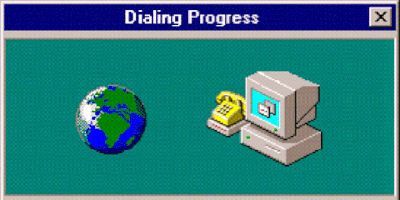








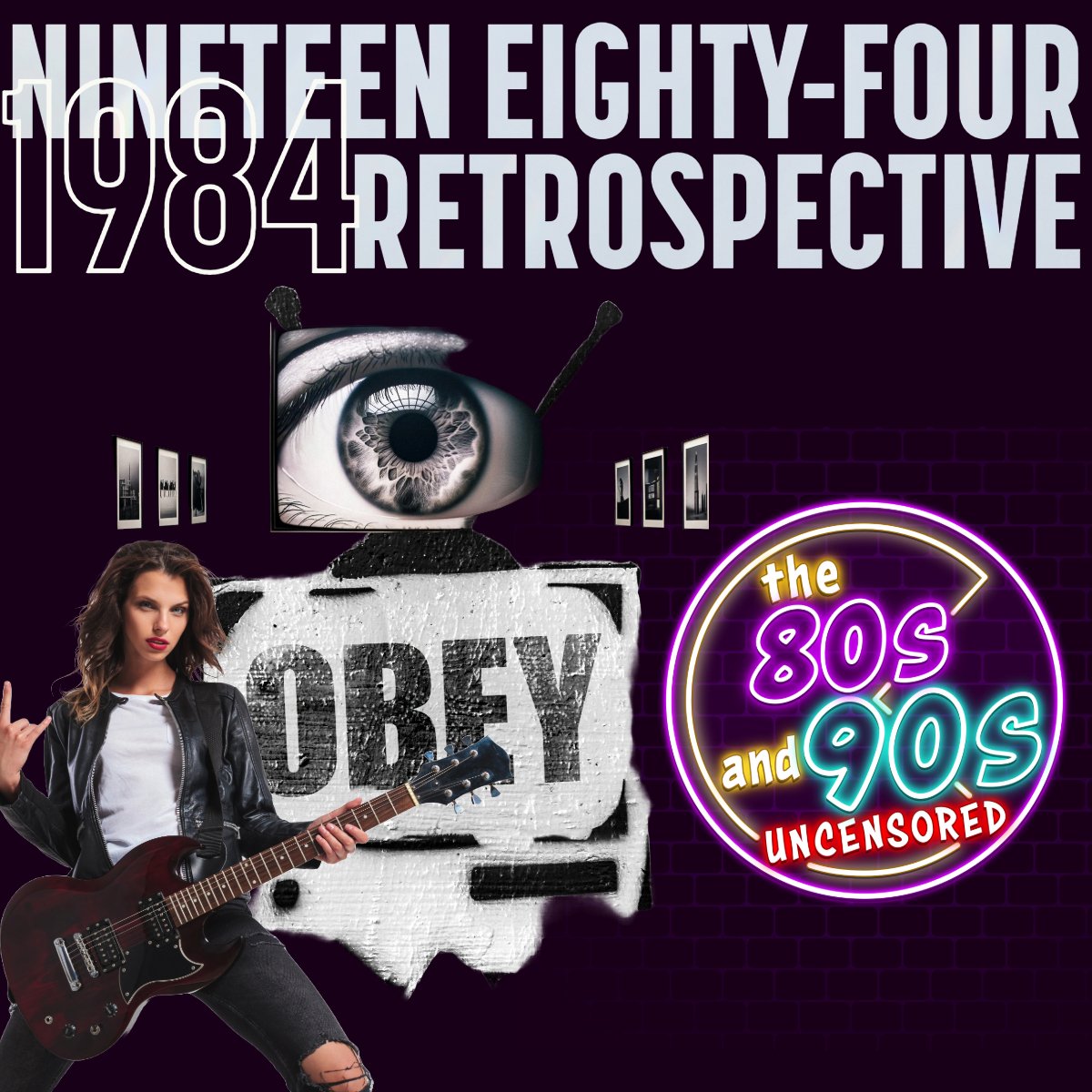
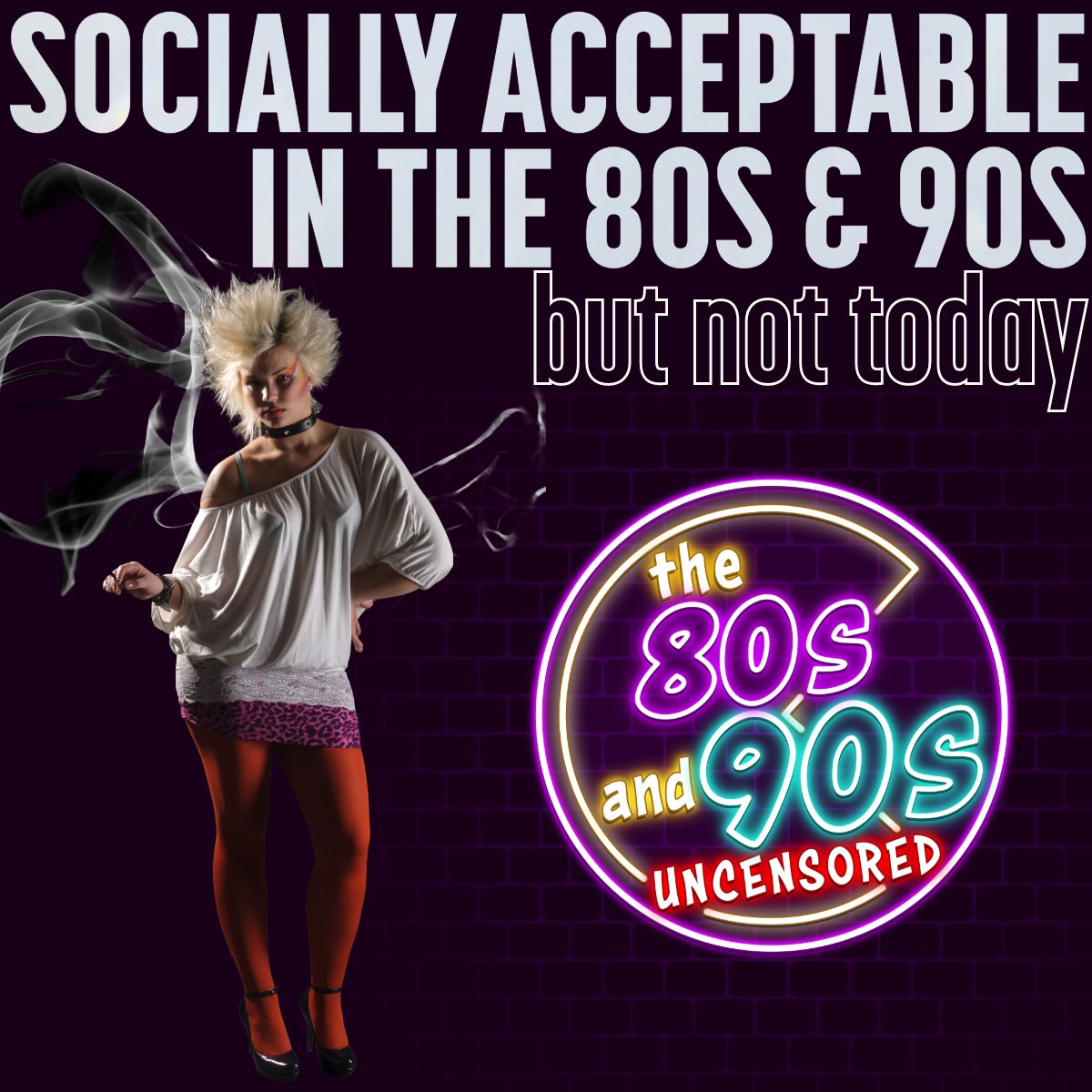

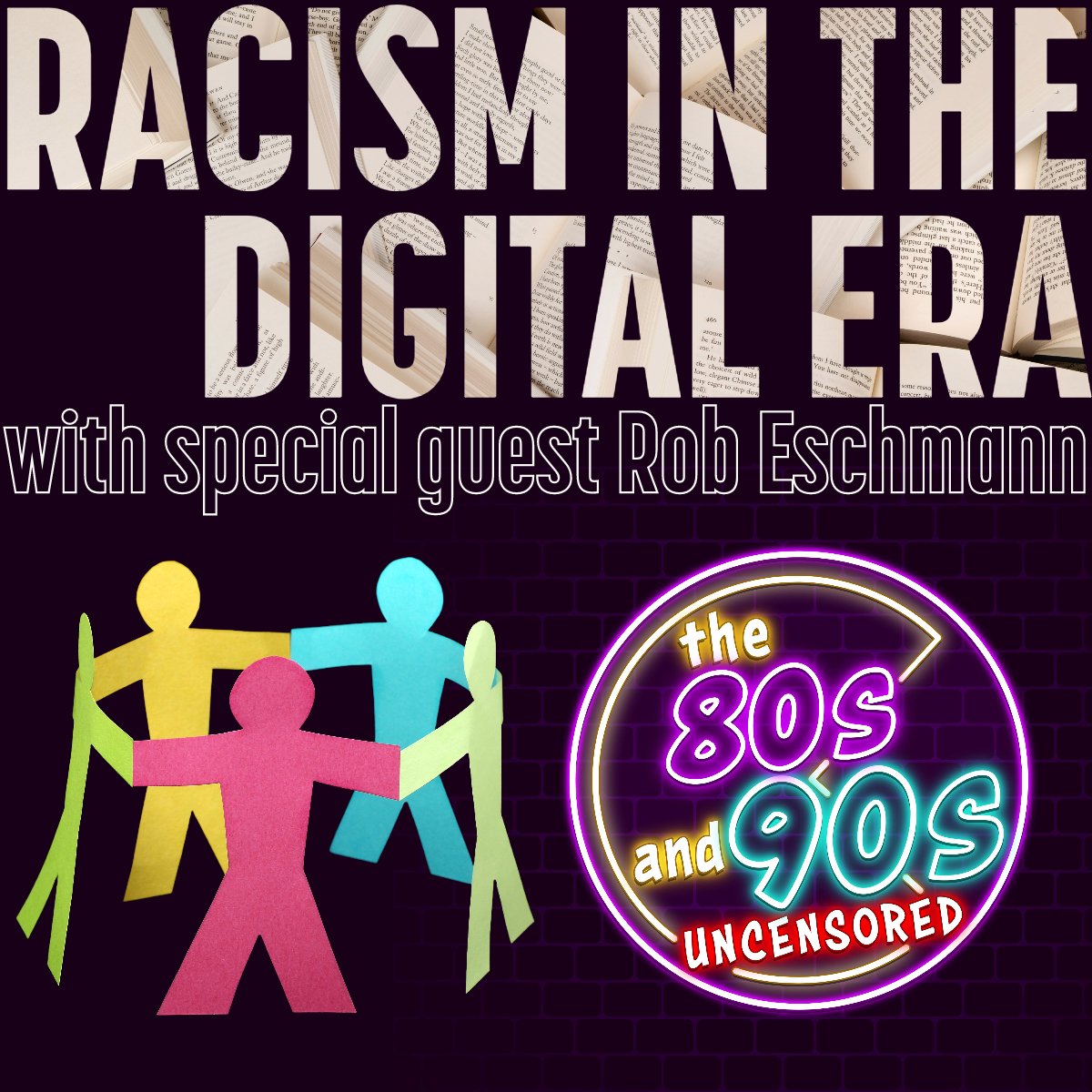



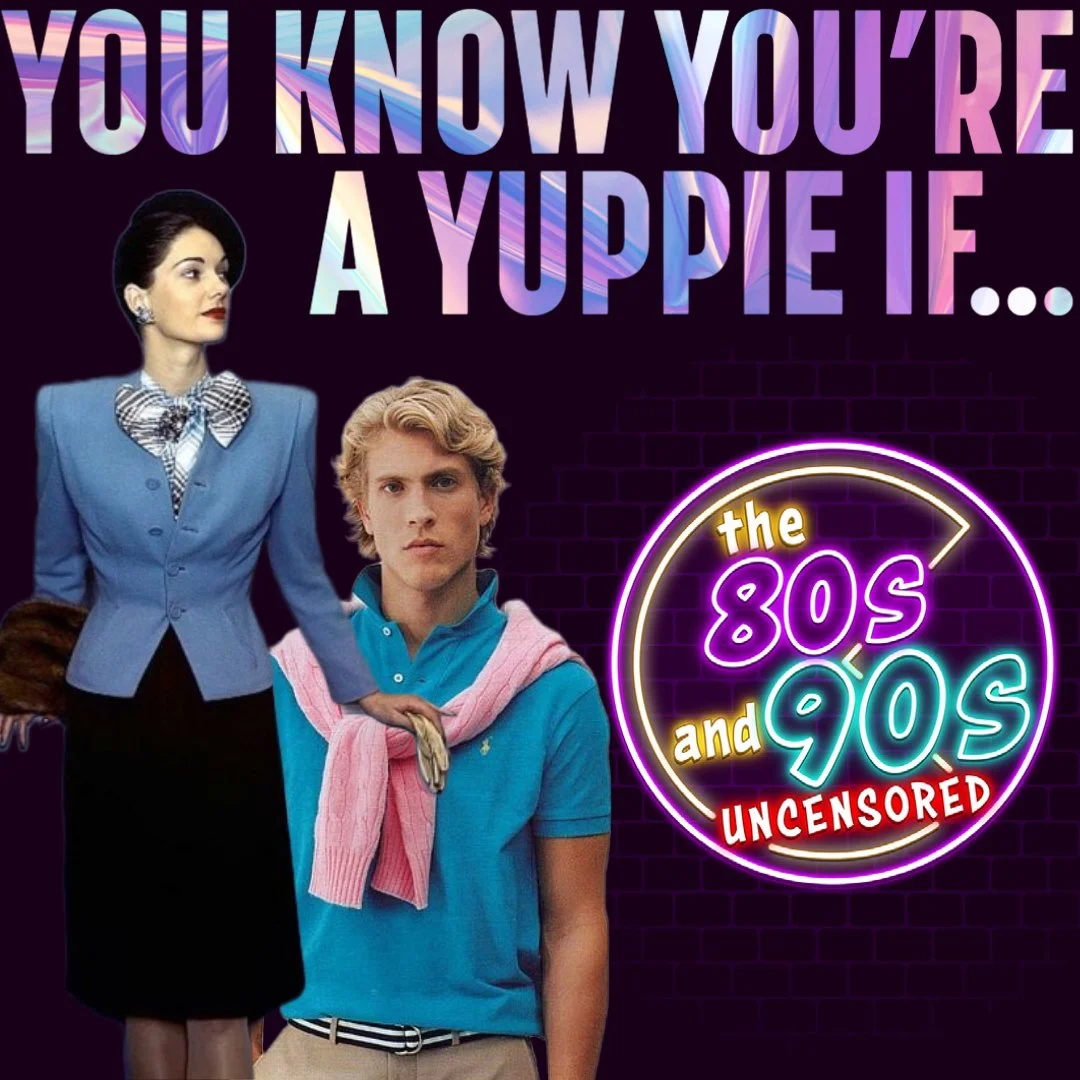




It’s the battle of the madams as England’s Cynthia Payne, the woman who knows how to throw a party, goes head-to-head with Hollywood madam Heidi Fleiss.